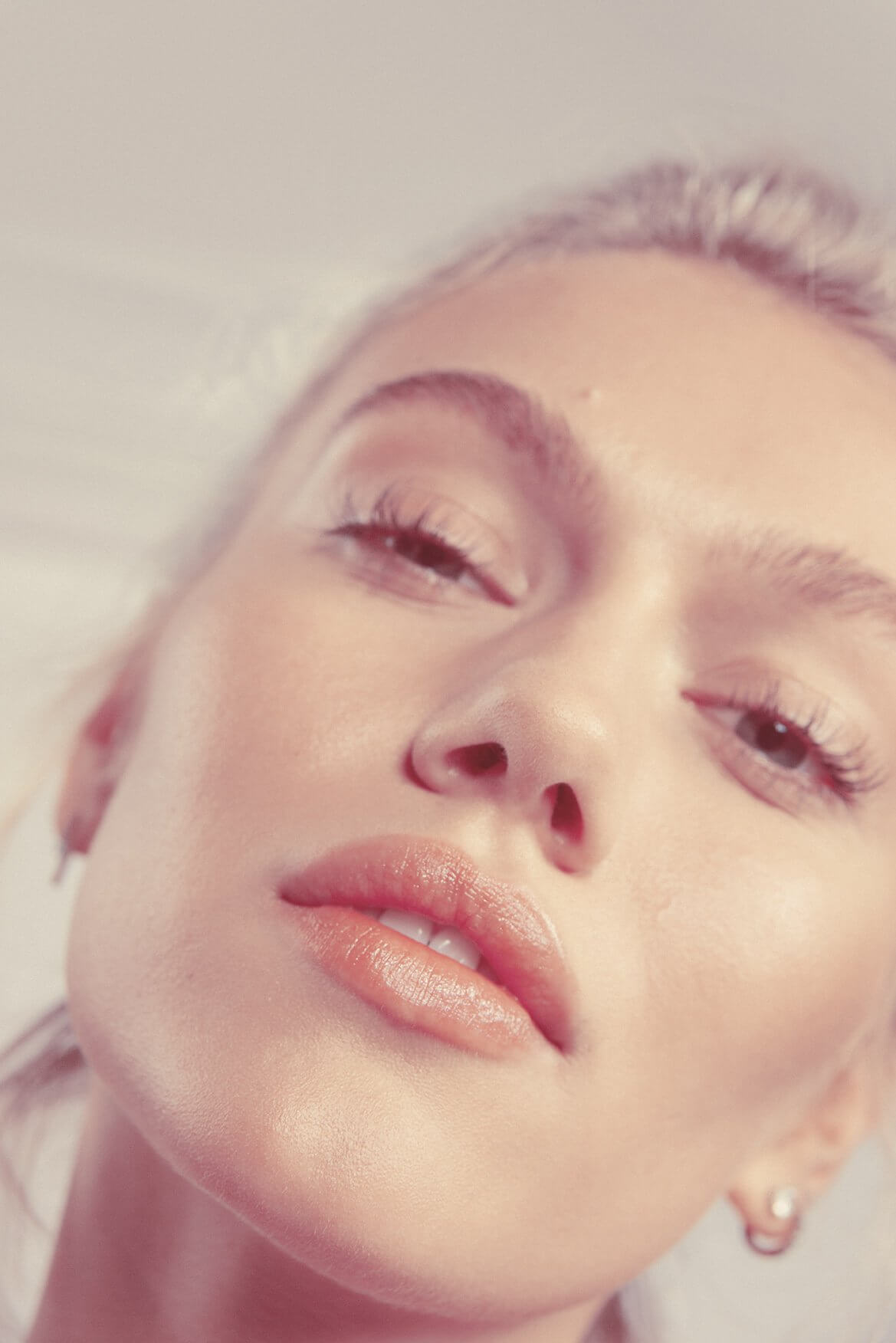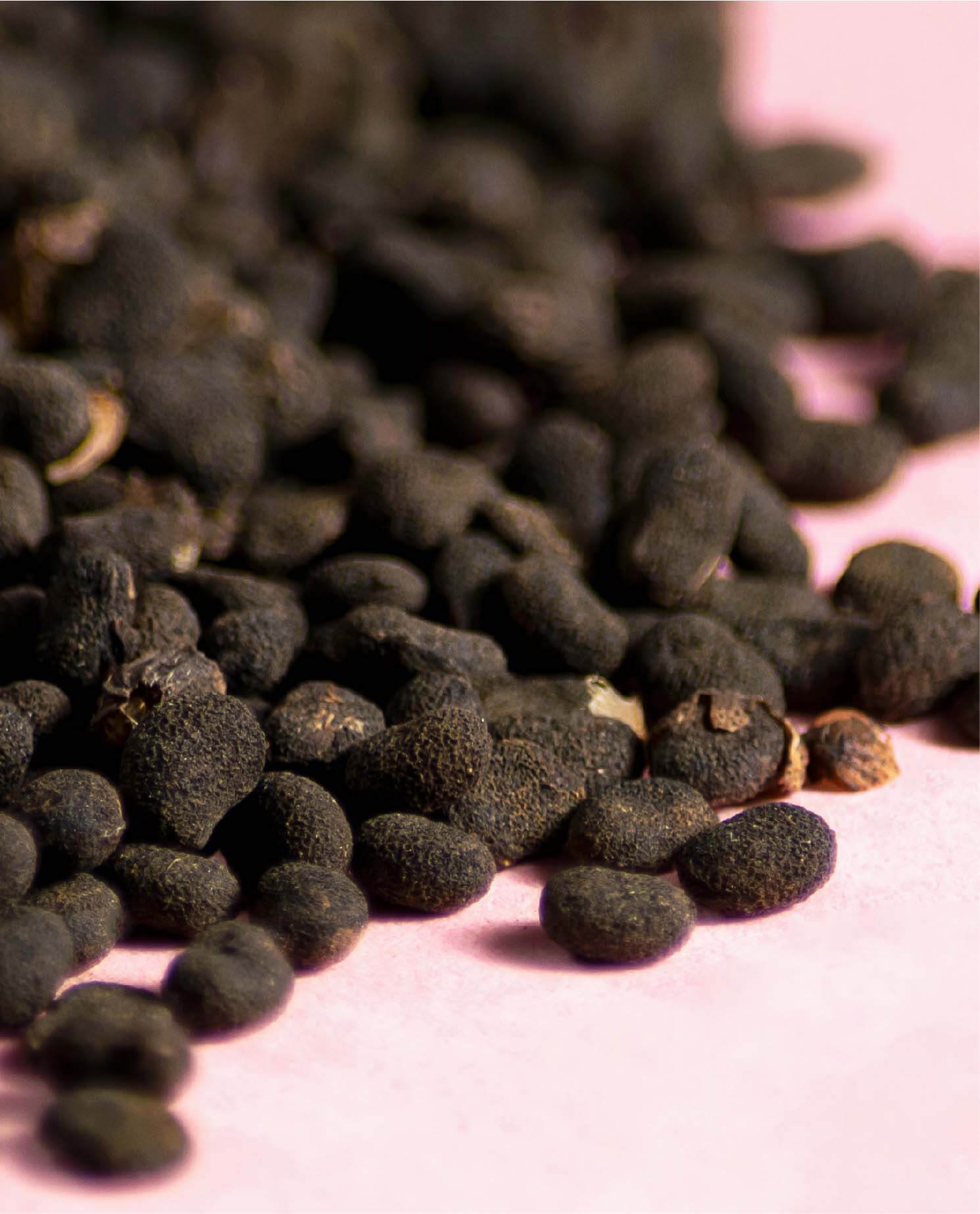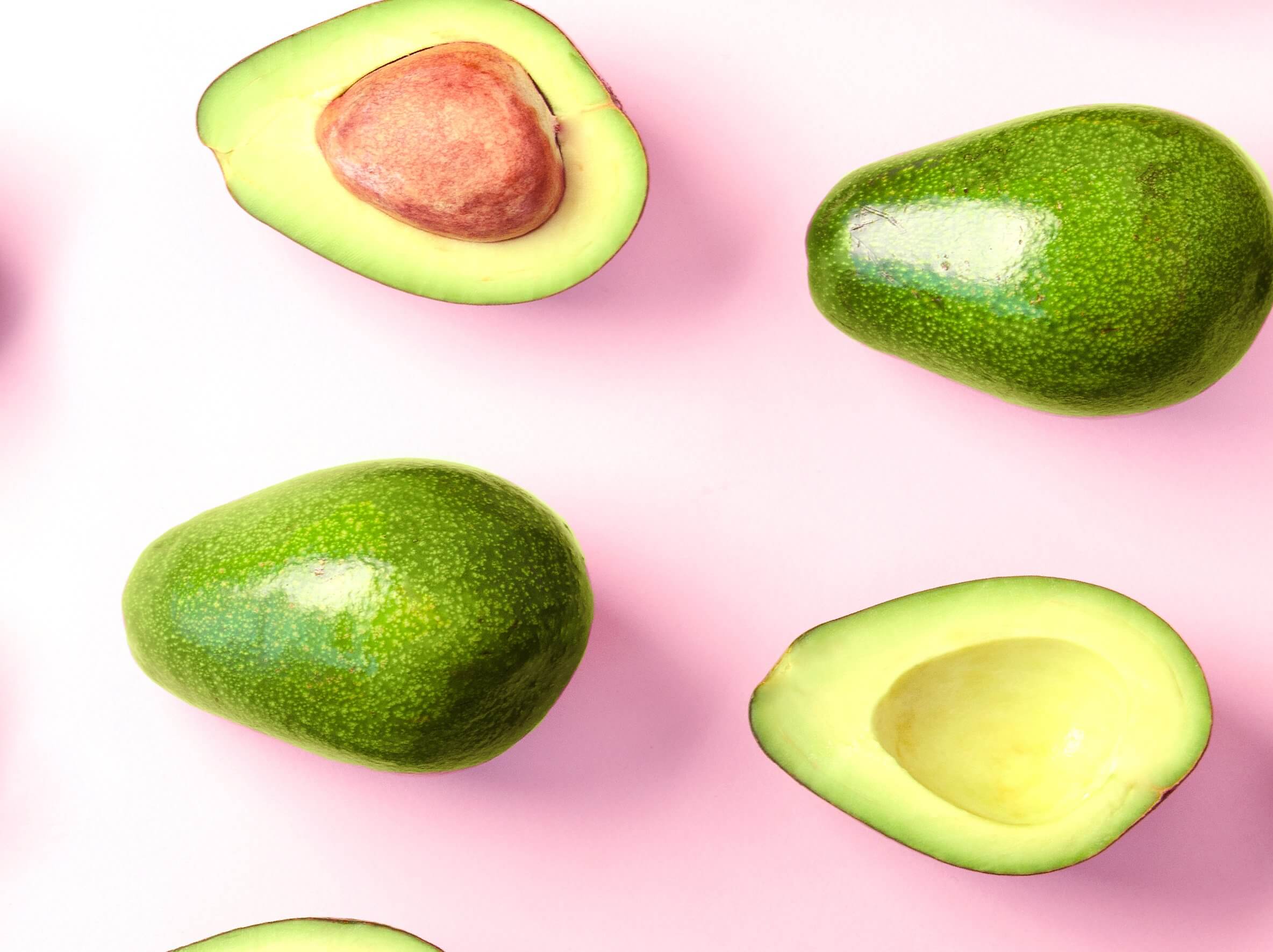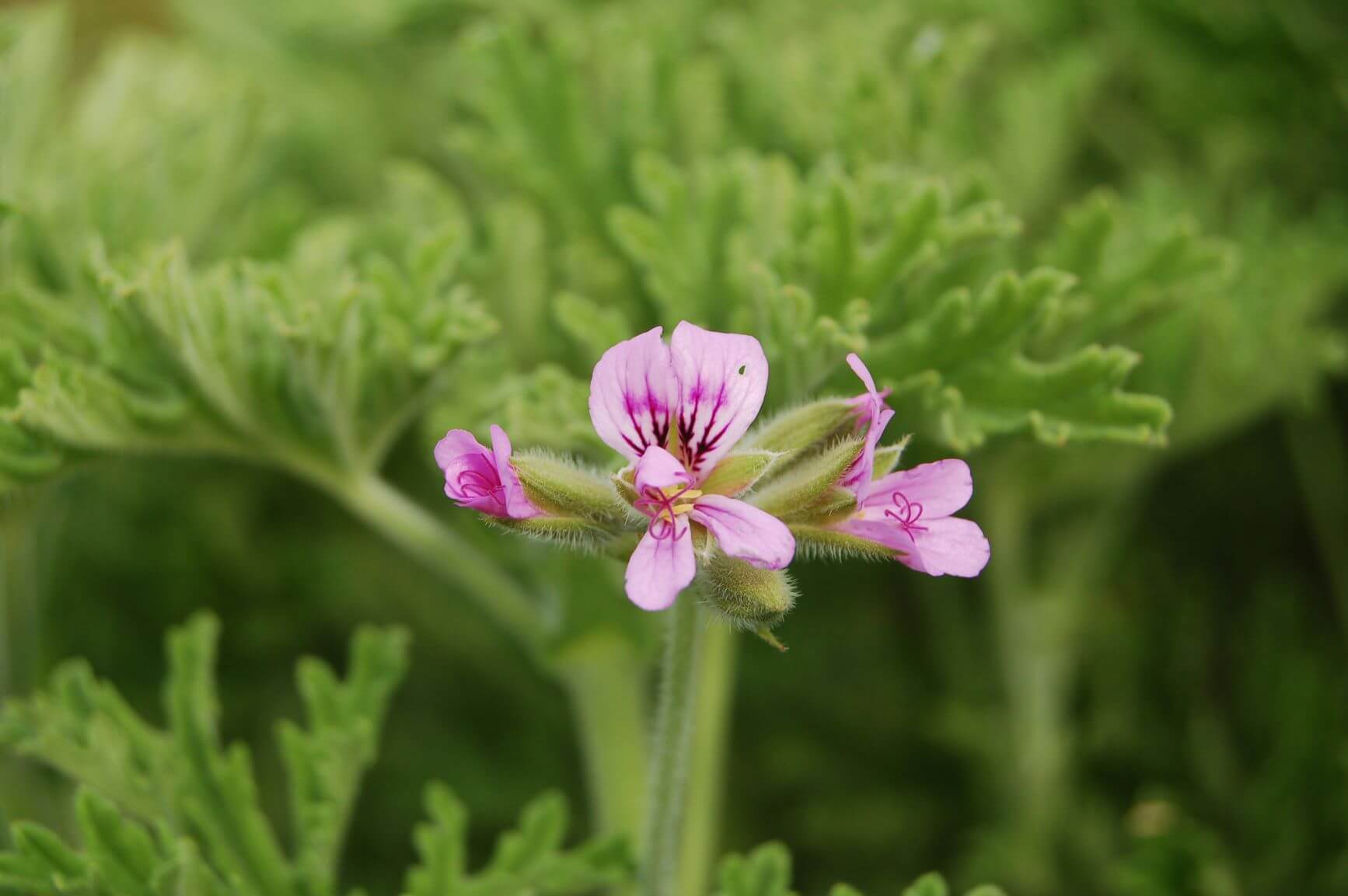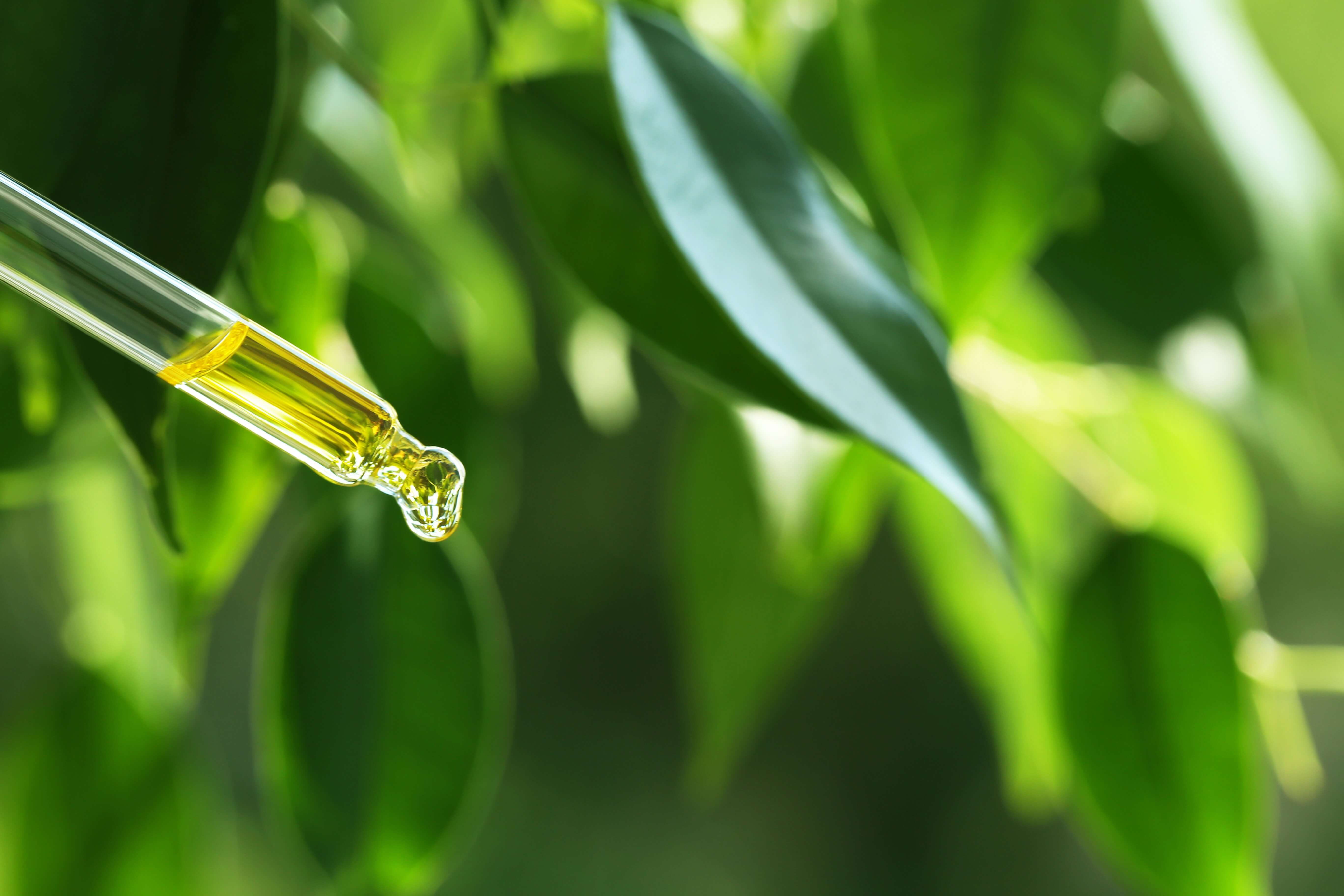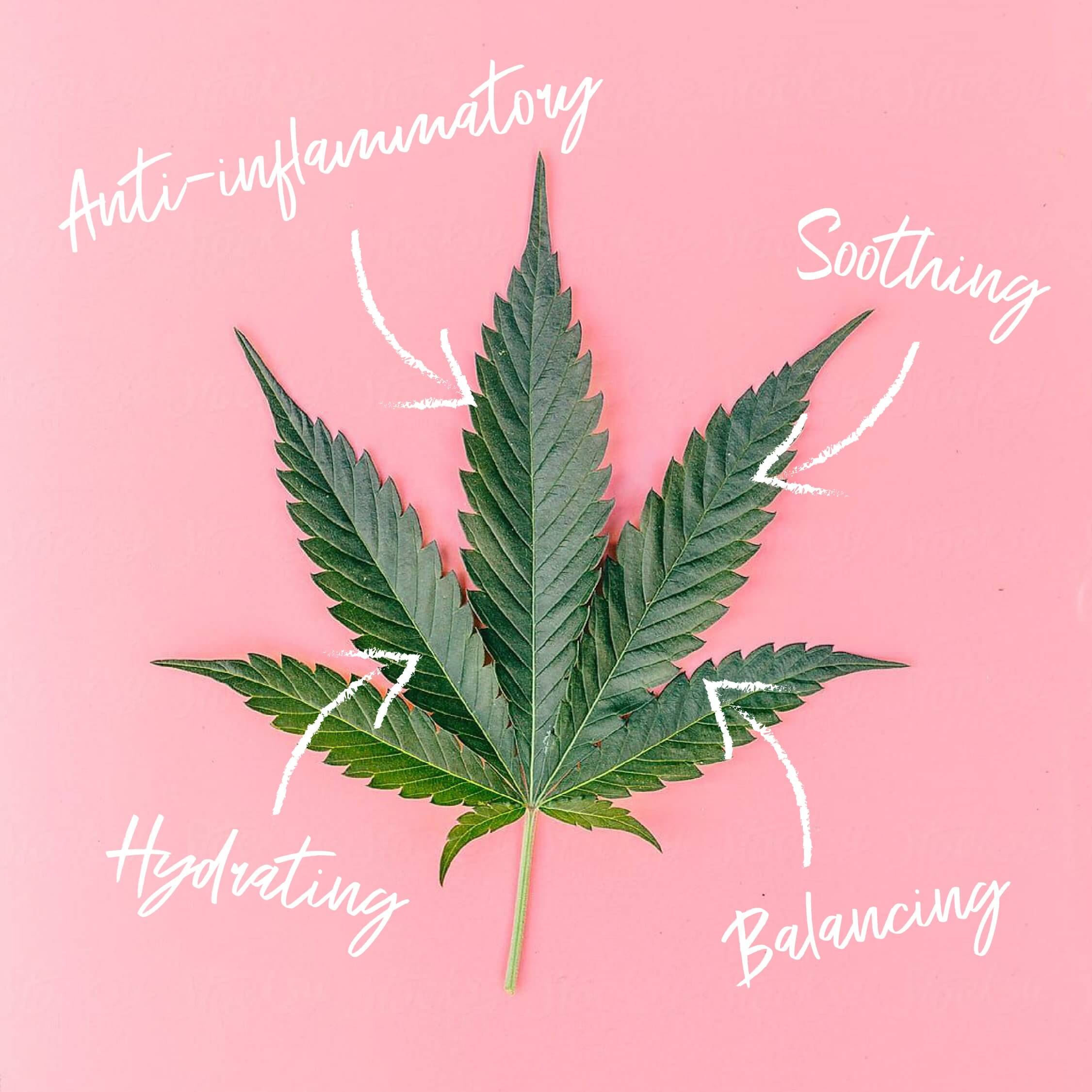Tiff’s Tips:
- An ‘INCI’ refers to the list of ingredients you’ll find on your skincare ingredient labels. Ingredients are listed in descending order of concentration (highest percentage to lowest.)
- Technical sounding names aren’t necessarily harmful chemicals. Do your research, find a trust ingredients glossary to decipher them into common names you’ll recognise.
- Don’t listen to scaremongering: do your research, read up and figure out what works for you and you’ll quickly learn how to read skincare ingredients labels.
How to read skincare ingredient labels
Want to make sure you’re getting the best out your skincare but feel baffled by the overwhelming amount of information on pack? We feel ya. Beauty product labels can be confusing to say the least. There’s the many, many words, multiple symbols and don’t get us started on ingredients lists. We know it’s a minefield, but don’t fear – Scientia is here. Want to know what an ‘INCI’ is, what the jargon means and whether you really need to avoid those scary sounding ingredients? Here’s the lowdown on how to read skincare ingredients labels.
Start with the INCI
That long list of ingredients on the back of a bottle or carton? The one that looks as if it could be written in code? Yep, that’s the one. It’s called the INCI, and it’s basically a full list of every single ingredient that’s in the product.
INCI isn’t just a trendy way of saying ‘ingredient.’ It actually stands for ‘International Nomenclature of Cosmetic Ingredients’ and definitely isn’t as complicated as it sounds. Ensuring consistency across brands, product types and countries, it means all brands need to follow the same rules when telling consumers what’s in their products, which in theory makes it easier to read your skincare ingredient labels.
Every skincare or makeup product should have its full ingredients list somewhere on the packaging. Found it? Great. Now it’s time to decipher…
Let’s start with the basics of reading ingredients lists in cosmetics. The first thing to note is that ingredients are listed in descending order of concentration. Basically, ingredients included at the highest percentages are always listed first. It’s pretty normal to first see an ingredient like water/aqua, because active ingredients need a base.
Ingredients at the end of an INCI are included at a smaller concentration, however don’t assume that’s a bad thing. Some actives only need to be included at a low percentage to work, or work as a synergizing ingredient – increasing the effectiveness of something higher up on the list.
Evaluating individual skincare ingredients
As you evaluate the INCI list to read the skincare ingredients label, the next thing to look at is the individual ingredients in the list.
Confused by a long, technical and maybe scary sounding ingredient? Science-y sounding words aren’t necessarily a bad thing. Sodium ascorbyl phosphate anyone? That’s actually the formal name for Vitamin C - an amazing antioxidant that can work wonders in your skincare routine.
Some ingredients that have been used for years in skincare formulations have been getting a bad rep of late. As innovation develops, the industry finds more and better ways to improve formula efficacy, but that doesn’t mean all of the old school ingredients are now to be avoided. Here’s a quick reference guide to some of the most confusing ingredients;
Alcohol: to keep it simple, low molecular weight alcohols such as alcohol denat can cause dryness and should be avoided. Fatty alcohols like cetyl or staryl are great emulsifiers and perfectly safe for your skin.
Sulphates: essentially a detergent, sulphates attract oil and water and are therefore common cleansing agents found in many soaps, shampoos and face washes. They’re perfectly safe to use although as they work by absorbing oil and water, overuse can result in dryness and sensitivity.
Parabens are a group of preservatives that work to keep a formula stable and maintain its effectiveness. But are parabens the cancer-causing skincare pariah we’ve been led to believe? In short, no. ‘Paraben-free’ claims by brands have led consumers to believe that parabens are harmful, but any parabens you find listed in your skincare ingredient lists are completely safe for use on the skin. We don’t always use parabens in our formulas – some formulas have natural preservatives in them – but if we need to use a (perfectly safe) preservative to make our products the most effective, kick-ass formula it can be, we will!
Want help de-coding the technical names or a list of the best ingredients to look out for? Check out our Ingredient Glossary for an extensive list of ingredients (including both formal and common names) and their benefits.
Shelf Life
Another thing to think about when reading skincare labels - the symbols. What do they mean? Let’s start with that little jar icon found on the bottom of your label. That’s the PAO symbol, which means Period After Opening. The number and the M indicate the number of months the product is safe to use after opening, so in the picture above for example, you’ve got 6 months to use your product once opened. If you can’t find this symbol look for a Best Before End Date symbol that looks like an hourglass or egg timer which means the product has a lifespan of less than 30 months.
Recycling and Disposal
The 3-arrow triangle, also known as the Mobius Loop, is the universal symbol for recycling but a lot of us don’t really know the true meaning. There will be a numerical code indicated inside the loop which helps determine the amount that can be recycled and provides a code that helps determine which packaging is safe and will not leach into the product. Plastic packaging labelled with codes 1, 3, 6 and 7 are said to be more likely to contain phthalates and BPA. If there’s no number in the loop that means it’s 100% safe and can be recycled in its entirety.
So now you’re empowered in the knowledge that you’re a skincare-label-reading-expert! You could even (maybe) share the secrets and teach someone else to read skincare ingredients labels. Got any more questions? Send us a DM on Instagram or comment below, chances are our founder Tiffany might even jump on and answer you herself.
Until next time #secretseekers…
![Scientia Beauty [see-en-cha]](http://scientiabeauty.com/cdn/shop/files/Scientia-awareness-web_230x.jpg?v=1656663400)



